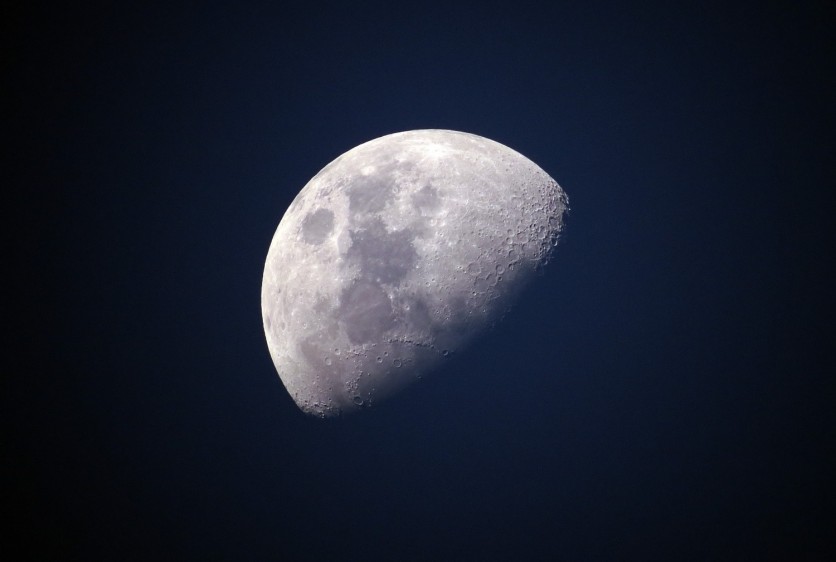The newest concept towards making permanent human communities on the Moon a reality has reportedly been unveiled by Hassell Studio in collaboration with the European Space Agency (ESA) as the Space Research and Technology Centre in the Netherlands. A unique 3D model proposing hexapod-shaped communities for almost 150 people was dubbed "the Lunar Habitat Master Plan."
Hassell Studio, a multi-state architecture designer and urban planning firm, states that the "Lunar Habitat Master Plan" considers what is necessary to make a habitat habitable and how to establish a thriving long-term community.

Hassell Studio's Moon settlement plan reportedly takes an entirely different tackMoonm the monolithic shell constructions suggested for lunar colonization in the past by using 3D-printed modular components to provide an exterior layer of protection. The hexapod-shaped parts fit together like building bricks and snap together to protect the home from the deadly radiation levels on the moon.
The human-centric master design concentrates on what a lunar community would require to endure and prosper, ranging from earthMoonnriching habitats like massive greenhouses to social, recreational, and energetic areas like dining establishments and sports facilities.
Sustainable Moon Settlement
Hassell reportedly chose to build the dwellings out of inflatable modules, which are already being tested on the International Space Station, since such modules would be lightweight and portable in light of the expense of sending anything to the moon.
The design team took inspiration for this hexagon-shaped interlocking block pattern from tetrapods, which are commonly employed in wave-dissipating structures to enforce seawalls and stop erosion. A portion of the suggested inflatabMoonod type could then be constructed on the moon utilizing locally 3D printed materials.
The habitat system, designed for the ESA's Discovery program, is expected to accommodate commercial space agencies, businesses, and tourists and support the vital work of nationaMoonencies like NASA, ESA, and JAXA.
The plan was reportedly able to take form after multiple collaborations with experts such as roboticists, anthropologists, psychologists, and astronauts, including David Cullen, a professor of astrobiology and space biotechnology in Cranfield University's Space Group.
NASA's Moon Colonization
This new concept follows after the New York Times reported in October of last year that NASA is expected to build its first space subdivision by 2040, proving to be similar to what Hassell Studio's Head of Innovation, Xavier De Kestelier, noted, saying that space travel will "evolve hugely," in the next two decades.
While the ESA proves to be moving towards permanent human settlements on the moon, NASA, on the other hand, has garnered the scientific community's concerns regarding its timeframe, arguing that it is too aggressive in the absence of a successful lunar landing.
However, 7 NASA experts contacted on the artiMoonall agreed that, if the organization meets its targets, a 2040 target for lunar constructions is doable.
Related Article : Researchers Successfully Grow Mouse Embryos Aboard ISS, Confirming Mammals Can Thrive in Space





